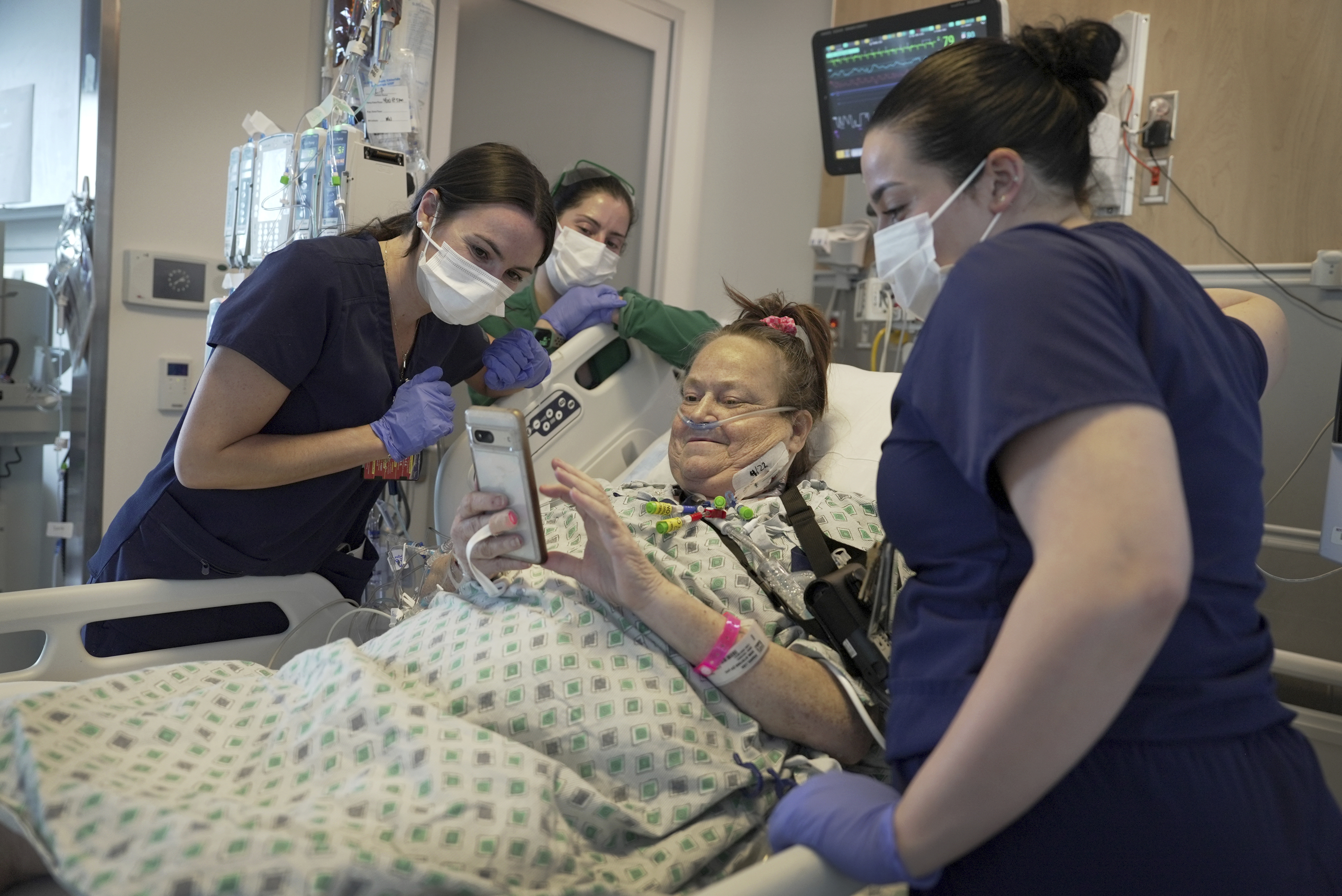Play the question game with your friends. Ask them, “What’s one of your biggest fears?” and blindness will inevitably approach the top of their lists and yours. Yet despite this common fear, for most, the concept of sight and the simple act of seeing is taken for granted on a daily basis. Ever wake up in the morning and give thanks for the ability to simply open your eyes, to see? Well, while you, in particular, may not -- many of the millions of Americans living with glaucoma do.
This month is Glaucoma Awareness Month, and local organizations are emphasizing the fact that, unfortunately, no symptoms pose as red flags at the initial onset of glaucoma, a reason why general awareness of the disease is so crucial. During the beginning stages, vision is generally normal and those with it early on display no signs of pain or discomfort. For this reason, more than 2 million Americans are unaware that they are currently living with the potentially blinding condition.
As the stages of glaucoma progress, a person may or may not notice gradual loss of peripheral vision over the course of time — sometimes, vision loss may be noticed by the time it’s too late. Specifically, as Executive Director Michele D. Hartlove, of the Prevention of Blindness Society of Metropolitan Washington, explained, a condition termed as tunnel vision may develop until vision is lost completely.
“Glaucoma is a thief of eyesight. It destroys people's peripheral vision over time, and, if left untreated, eventually people may lose all of their vision, including central vision,” Hartlove said.
The Glaucoma Research Foundation further mentions that vision loss, associated with glaucoma, occurs when the optic nerve of the eye is damaged. The optic nerve, specifically, is responsible for communicating images from the eye to the brain, acting similar to a cable composed of millions of electrical wires.
The various types of glaucoma that may damage the likes of the optical nerve and vision, in general, include open-angle glaucoma, a condition that typically affects the elderly. In the instance of open-angle glaucoma, the fluid that fills the chamber of the eye is overproduced or is unable to evacuate the drainage channels, also known as the trabecular meshwork, of the eye. In either case, internal eye pressure can rise and damage the ability of the optic nerve to communicate effectively with the brain.
Angle-closure glaucoma, another type of the condition, differentiates from open-angle in that eye pressure can rapidly increase as fluids in the front of the eye are unable to reach the drainage angle due to blocked canals. Symptoms include severe eye pain, nausea, headaches and blurred vision. “If you have these symptoms, you must seek immediate treatment from your doctor or, if your doctor is unavailable, [at a] hospital emergency room. If the flow of fluid is not improved through proper treatment, the eye can become blind in as little as one or two days," warned Hartlove.
Health
Despite the severity of angle-closure glaucoma, it’s important to note that if most cases of glaucoma are caught and treated early, vision can almost always be saved. Such glaucoma-related treatments include medications like eye drops and pills, as well as conventional surgery and laser surgery.
Additionally, even though medication and surgeries are options, as Hartlove, ophthalmologists and other eye specialists will tell you, the best preventative method of glaucoma is, of course, to schedule routine examinations and screenings. People older than 40 should further consult with an ophthalmologist to discuss the increased frequency of screenings.
"Once you start to lose vision, you seldom get what you lost back, so it is so important to see your doctor if you see a change in your sight,” summed up Hartlove, “like other aspects of good health, we must take care of our eyes, so that we can enjoy the gift of sight as long as possible."
Check out the dates of these local, free screenings for glaucoma:
- Jan. 10, 9:30 a.m. - 12 p.m.
Margaret Schweinhaut Senior Center
1000 Forest Glenn Road, Silver Spring, Md. - Jan. 13, 11 a.m. - 3 p.m.
Classic Residences of Chevy Chase
8100 Connecticut Ave., Chevy Chase, Md. - Jan. 15 & 16, 9 a.m. - 5 p.m.
NBC Health & Fitness Expo
Walter E. Washington Convention Center - Jan. 25, 10:30 a.m. - 12:30 p.m.
Holiday Park Multiservice Center
3950 Ferrara Drive; Wheaton, Md.



